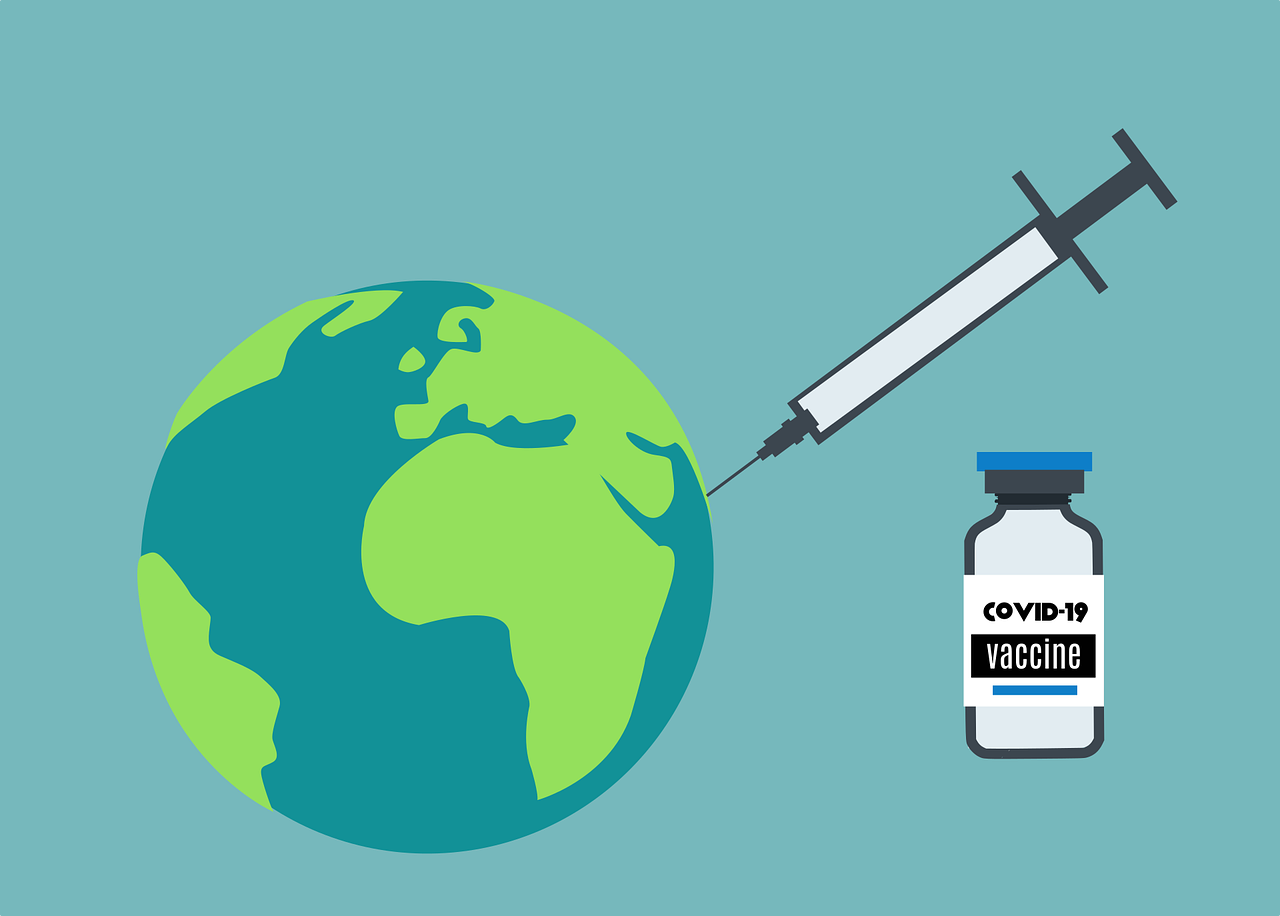A new study led by the Barcelona Institute for Global Health (ISGlobal), an institution supported by “la Caixa” Foundation, provides robust evidence that COVID-19 is a seasonal infection linked to low temperatures and humidity, much like seasonal influenza. The results, published in Nature Computational Science, also support the considerable contribution of airborne SARS-CoV-2 transmission and the need to shift to measures that promote “air hygiene.”


The team then analyzed how this association between climate and disease evolved over time, and whether it was consistent at different geographical scales. For this, they used a statistical method that was specifically developed to identify similar patterns of variation (i.e. a pattern-recognition tool) at different windows of time. Again, they found a strong negative association for short time windows between disease (number of cases) and climate (temperature and humidity), with consistent patterns during the first, second, and third waves of the pandemic at different spatial scales: worldwide, countries, down to individual regions within highly affected countries (Lombardy, Thüringen, and Catalonia) and even to the city level (Barcelona).
The first epidemic waves waned as temperature and humidity rose, and the second wave rose as temperatures and humidity fell. However, this pattern was broken during summertime in all continents. “This could be explained by several factors, including mass gatherings of young people, tourism, and air conditioning, among others,” explains Alejandro Fontal, researcher at ISGlobal and first author of the study.
When adapting the model to analyze transient correlations at all scales in countries in the Southern Hemisphere, where the virus arrived later, the same negative correlation was observed. The climate effects were most evident at temperatures between 12o and 18oC and humidity levels between 4 and 12 g/m3, although the authors warn that these ranges are still indicative, given the short records available.
Finally, using an epidemiological model, the research team showed that incorporating temperature into the transmission rate works better for predicting the rise and fall of the different waves, particularly the first and third ones in Europe. “Altogether, our findings support the view of COVID-19 as a true seasonal low-temperature infection, similar to influenza and to the more benign circulating coronaviruses,” says Rodó.
This seasonality could contribute importantly to the transmission of SARS-CoV-2, since low humidity conditions have been shown to reduce the size of aerosols, and thereby increase airborne transmission of seasonal viruses such as influenza. “This link warrants an emphasis on ‘air hygiene’ through improved indoor ventilation as aerosols are capable to persist suspended for longer times,” says Rodó, and highlights the need to include meteorological parameters in the evaluation and planning of control measures.
After 20 years of development, Holtop has carried out the enterprise mission of “making air treatment more healthy, comfortable and energy saving”, and formed a long-term sustainable industrial layout centering on fresh air, air conditioning and environmental protection fields. In the future, we will continue to adhere to innovation and quality, and jointly drive the development of the industry.

Reference: “Climatic signatures in the different COVID-19 pandemic waves across both hemispheres” by Alejandro Fontal, Menno J. Bouma, Adrià San-José, Leonardo López, Mercedes Pascual & Xavier Rodó, 21 October 2021, Nature Computational Science.
Post time: Nov-16-2022







